
Unit 7
Alternative Sources of Energy
Look at the pictures and comment on them, then match them to the comments.
3. 2. 1.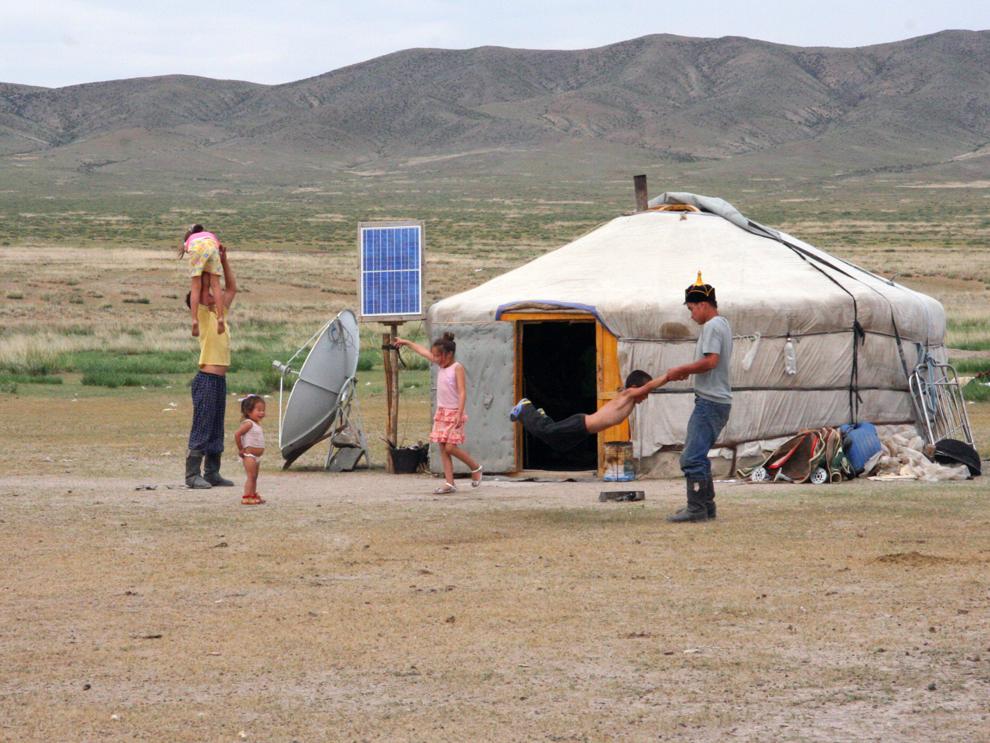
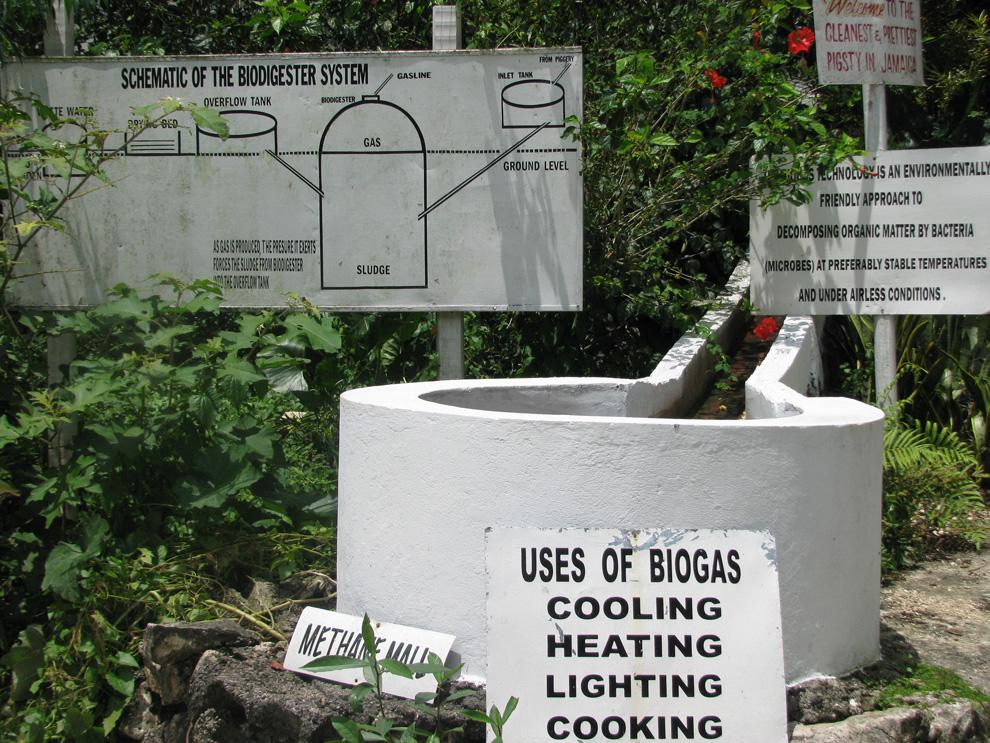
5. 4.

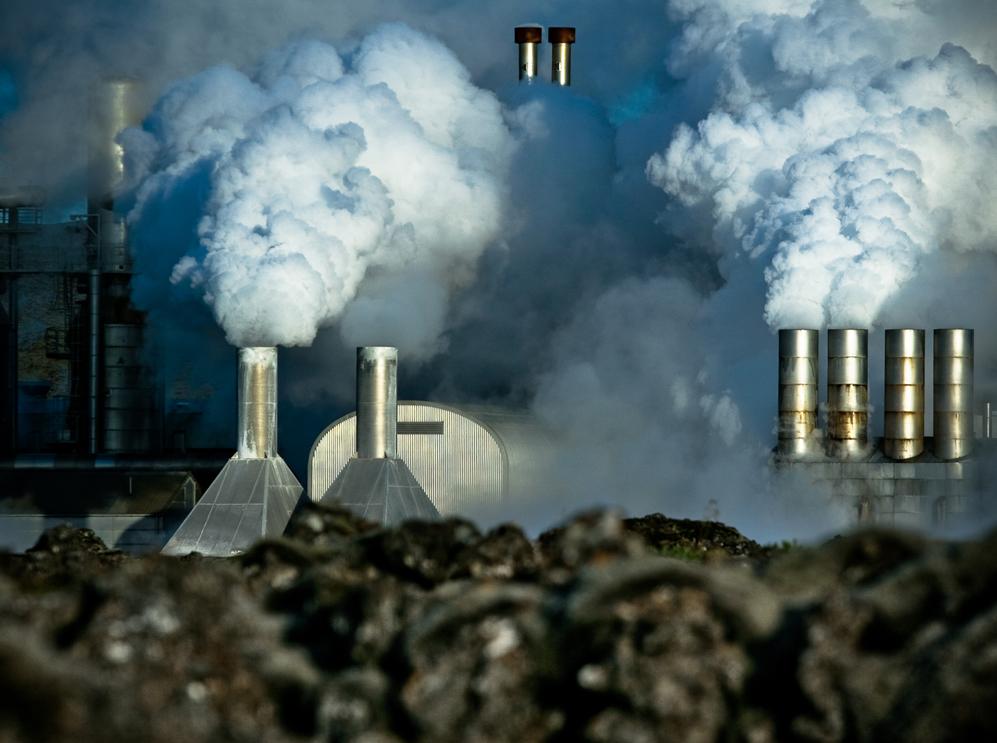
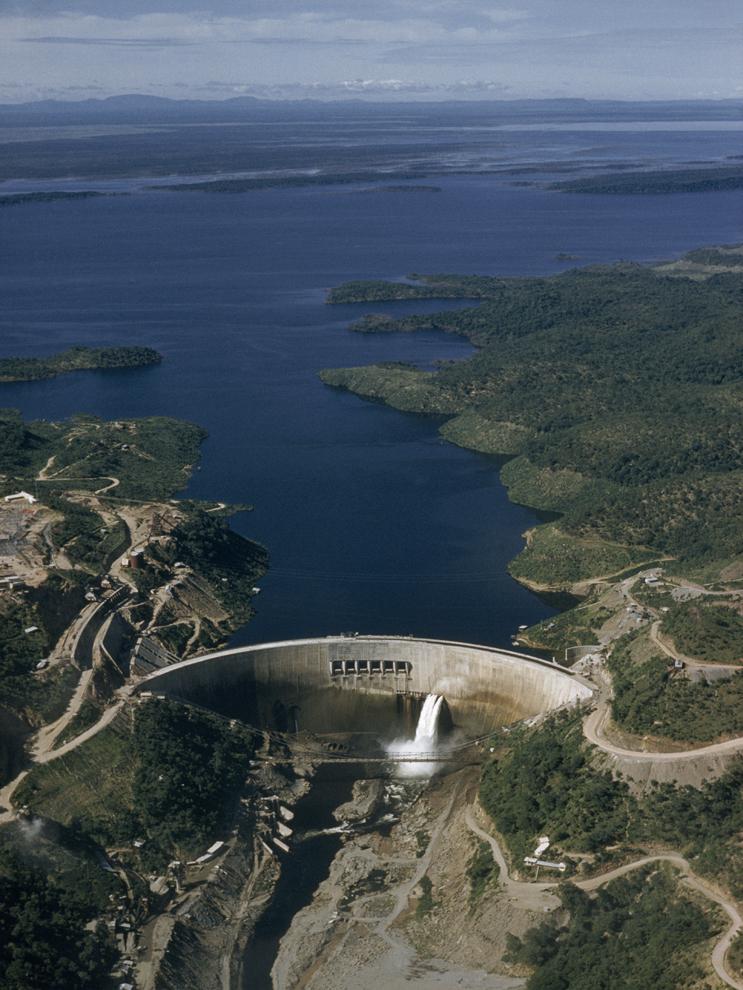
6.
a. Geothermal energy taps into the superhot temperatures below the Earth's surface. Steam vents, geysers, and even magma deep underground supply energy used for heating and electricity. This geothermal power plant is in Iceland, a country which generates almost all of its power through geothermal energy.
b. Biomass energy comes from plants or other organic material, such as refuse (trash). Biomass energy can be converted into biogas, which can be used for a wide variety of purposes, as this innovative project in Kingston, Jamaica, informs consumers.
c. Hydroelectricity is the most popular renewable energy source. Hydroelectric energy is made by flowing water. People can control Hydroelectricity is the most popular renewable energy source. Hydroelectric energy is made by flowing water. People can control the flow of water by building dams on rivers, such as the massive Kariba Dam in Zimbabwe and Zambia. The Kariba Dam blocks the flow of the Zambezi River, creating a huge reservoir (Lake Kariba) behind it. As the dam releases water, it creates electricity used by thousands of people.
d. One of the types of passive solar technology is green roofs. Green roofs are covered with plants, which help keep the building warm. In this picture, a Norwegian man waters the green roof keeping bakery customers warm inside.
e. Wind turbines like these in California's Mojave Desert convert wind energy into electricity.
f. Active solar technology is used to power everything from lights and heating systems to televisions, computers, and radios. The electricity provided by the portable solar panel used by this Mongolian family allows them to practice their nomadic way of life while not giving up the latest technology.
2. Read the text and correct the statements below.
Global Renewable Energy on Track to Soon Eclipse Natural Gas, Nuclear
A new report predicts that renewable power energy generation will exceed that of gas and nuclear by 2016.
Hydroelectric
reservoirs like this one in New Zealand provide sustainable power
generation.
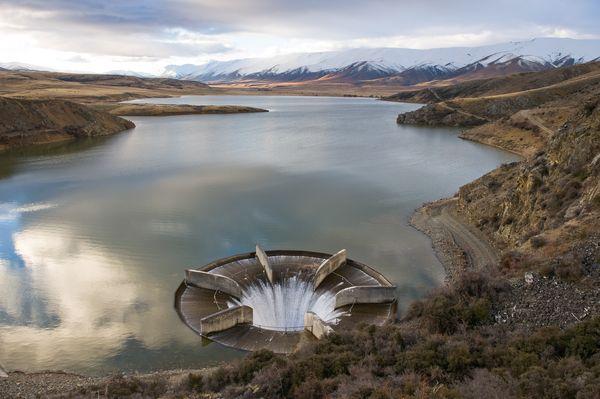
Ker Than
for National Geographic
The future appears to be bright for renewable energy sources like solar, wind, and water.
In fact, power generation from such renewables will exceed that of gas and nuclear by 2016, according to a report published Wednesday by the International Energy Agency (IEA).
"As their costs continue to fall, renewable power sources are increasingly standing on their own merits versus new fossil-fuel generation," IEA executive director Maria van der Hoeven said in a statement.
Business Is Booming
The IEA report, unveiled by Van der Hoeven as she delivered the keynote address at a Wall Street renewable energy finance forum in New York, analyzes market trends for renewable electricity in more than 20 countries and regions and predicted that renewable power will increase by 40 percent in the next five years.
The report predicts that renewables will make up almost a quarter of the global power mix by 2018, up from an estimated 20 percent in 2011.
Two main factors are driving the boom, according to the Paris-based IEA.
First, emerging markets in countries like China and India are increasingly turning to renewables to meet their fast-rising electricity demands. Growth in these markets is expected to more than compensate for slower growth in Europe and the U.S.
Second, the cost of renewable energy sources has declined considerably. For example, wind competes well with new fossil-fuel power plants in a number of countries, including Brazil, Turkey, and New Zealand.
Hydropower—generated by falling or flowing water, like in dams—will remain the largest renewable power-generating source in the coming years and should account for more than two-thirds of the total global output from renewable sources by 2018, the IEA predicts.
The IEA also expects onshore wind power generation technologies, already widespread in 2012, to be deployed in 75 countries by 2018.
The use of biofuels, which generates energy from biological sources like municipal waste, is also expected to see modest growth in the near term. The IEA projects that more than 50 countries will be generating more than 100 megawatts of electricity using biofuels by 2018, up from 40 megawatts in 2012.
China is projected to be the leader in the adoption of many renewable energy technologies, including hydropower, onshore and offshore wind, solar, and biofuels.
Not So Sunny for Solar
The IEA is less optimistic in its outlook for solar energy production. According to the report, solar energy is expected to experience average annual growth rate of around 25 percent over the next five years—down from 45 percent annual growth for the period between 1998 and 2012.
"If we look at solar energy projections, we realize that these projections are not really promising," said Mohamed ElNozahy, an electrical and computer engineer at Canada's University of Waterloo.
"This is mainly attributed to the cost and technical challenges highlighted in my last review paper," said ElNozahy, who was not involved in the IEA report.
A recent paper co-authored by ElNozahy and published in the Journal of Renewable and Sustainable Energy highlighted numerous challenges for energy generated by solar cells before they can be smoothly integrated with existing electrical networks.
For example, power generation by solar cells—also known as photovoltaic (PV) cells—can vary dramatically in response to changing cloud cover or temperature. This causes dips in electrical output that can require costly equipment to regulate.
A Conservative Estimate?
Daniel Kammen, founder and director of the Renewable and Appropriate Energy Laboratory at the University of California, Berkeley, argued that the IEA's projections are somewhat conservative.
Kammen thinks the global shift to renewables and the adoption of policies and technologies to accelerate their deployment could occur faster than the IEA predicts due to growing awareness about health impacts of local pollution and the economic and environmental costs of climate change.
"The IEA report notes but perhaps could give more weight to the very significant health and environmental costs that will result if this shift does not take place," Kammen said in an e-mail message.
Despite the momentum behind renewables, challenges remain, IEA's Van der Hoeven said.
For example, "worldwide subsidies for fossil fuels remain six times higher than economic incentives for renewables," she said.
By 2016 alternative sources of energy will completely substitute fossil fuel-based energy generation.
According to the analysis, renewable power generation will grow by 20% in the next 5 years.
Renewables will make over a third of the global power mix by 2018.
One of the factors driving the surge in the market of renewables is decreasing the costs of power generating equipment.
Hydropower may lose its position as the main source of renewables.
China is the leader in developing all advanced power generation technologies, especially geothermal.
Solar power generation is the easiest and cheapest to implement technologically.
The global shift to renewables may slow down because of technical challenges.
3. Read about alternative sources of energy used in the United States paying attention to the phrases given below. Make sure you know their meaning.
appropriate power plant siting issues; bottlenecks in transmission and distribution; economically viable; a build-up of unacceptably high levels of carbon dioxide; implementing clean energy solutions; incentives and sustained programs; a more compelling and conducive environment for an integrated, large-scale approach to renewable energy innovation and market expansion; "quick fix" solutions; advanced energy conversion devices such as fuel cells; conversion technologies; to install and bring on-line; photovoltaic (solar) panels and solar hot water heaters; to shave peak-power demands; wind and cogeneration system deployment; photovoltaic arrays, windmills, biomass, small hydropower; tailored to meet specific energy loads and service conditions; to have less of an impact on the environment; contribute significantly to ambient air pollution and acid rain; low incremental costs; the direct damage to the terrestrial and river systems from mining and pollutant emissions, the impacts on crop yields and urban areas.
Renewable Energy: A Viable Choice
Renewable energy systems – notably solar, wind, and biomass – are poised to play a major role in the energy economy and in improving the environmental quality of the United States. California's energy crisis focused attention on and raised fundamental questions about regional and national energy strategies. Prior to the crisis in California, there had been too little attention given to appropriate power plant siting issues and to bottlenecks in transmission and distribution. A strong national energy policy is now needed. Renewable technologies have become both economically viable and environmentally preferable alternatives to fossil fuels. Last year the United States spent more than $600 billion on energy, with U.S. oil imports climbing to $120 billion, or nearly $440 of imported oil for every American. In the long term, even a natural gas-based strategy will not be adequate to prevent a build-up of unacceptably high levels of carbon dioxide (CO2) in the atmosphere. Both the Intergovernmental Panel on Climate Change's (IPCC) recent Third Assessment Report and the National Academy of Sciences' recent analysis of climate change science concluded that climate change is real and must be addressed immediately and that U.S. policy needs tobe directed toward implementing clean energy solutions.
Renewable energy technologies have made important and dramatic technical, economic, and operational advances during the past decade. A national energy policy and climate change strategy should be formulated around these advances. Despite dramatic technical and economic advances in clean energy systems, the United States has seen far too little research and development (R&D) and too few incentives and sustained programs to build markets for renewable energy technologies and energy efficiency programs. Not since the late 1970s has there been a more compelling and conducive environment for an integrated, large-scale approach to renewable energy innovation and market expansion. Clean, low-carbon energy choices now make both economic and environmental sense, and they provide the domestic basis for our energy supply that will provide security, not dependence on unpredictable overseas fossil fuels.
Energy issues in the United States have created "quick fix" solutions that, while politically expedient, will ultimately do the country more harm than good. It is critical to examine allenergy options, and never before have so many technological solutions been available to address energy needs. In the near term, some expansion of the nation'sfossil fuel(particularly natural gas) supply is warranted to keep pace with rising demand, but that expansion should be balanced with measures to develop cleaner energy solutions for the future. The best short-term options for the United States are energy efficiency, conservation, and expanded markets for renewable energy.
For many years, renewables were seen as energy options that – while environmentally and socially attractive – occupied niche markets at best, due to barriers of cost and available infrastructure. In the last decade, however, the case for renewable energy has become economically compelling as well. There has been a true revolution in technological innovation, cost improvements, and our understanding and analysis of appropriate applications of renewable energy resources and technologies – notably solar, wind, small-scale hydro, and biomass-based energy, as well as advanced energy conversion devices such as fuel cells.
There are now a number of energy sources, conversion technologies, and applications that make renewable energy options either equal or better in price and services provided than the prevailing fossil fuel technologies. For example, in a growing number of settings in industrialized nations, wind energy is now the least expensive option among all energy technologies – with the added benefit of being modular and quick to install and bring on-line. In fact, some farmers, notably in the U.S. Midwest, have found that they can generate more income per hectare from the electricity generated by a wind turbine than from their crop or ranching proceeds. Also, photovoltaic (solar) panels and solar hot water heaters placed on buildings across the United States can help reduce energy costs, dramatically shave peak-power demands, produce a healthier living environment, and increase the overall energy supply.
The United States has lagged in its commitment to maintain leadership in key technological and industrial areas, many of which are related to the energy sector. The United States has fallen behind Japan and Germany in the production of photovoltaic systems, behind Denmark in wind and cogeneration system deployment, and behind Japan, Germany, and Canada in the development of fuel-cellsystems. Developing these industries within the United States is vitalto the country's international competitiveness, commercial strength, and ability to provide for its own energy needs.
Theoretically, renewable energy sources can meet many times the world's energy demand. More important, renewable energy technologies can now be considered major components of localand regional energy systems. Solar, biomass, and wind energy resources, combined with new efficiency measures available for deployment in California today, could supply half of the state's total energy needs. As an alternative to centralized power plants, renewable energy systems are ideally suited to provide a decentralized power supply that could help to lower capital infrastructure costs. Renewable systems based on photovoltaic arrays, windmills, biomass, or small hydropower can serve as mass-produced "energy appliances" that can be manufactured at low cost and tailored to meet specific energy loads and service conditions. These systems have less of an impact on the environment, and the impact they do have is more widely dispersed than that of centralized power plants, which in some cases contribute significantly to ambient air pollution and acid rain.
There has been significant progress in cost reductions made by renewable technologies. In general, renewable energy systems are characterized by low or no fuel costs, although operation and maintenance costs can be considerable.
Systems such as photovoltaics contain far fewer mechanically active parts than comparable fossil fuel combustion systems and are therefore likely to be less costly to maintain in the long term. Costs of solar and wind power systems have dropped substantially in the past 30 years and continue to decline. For decades, the prices ofoiland natural gas have been, as one research group noted, "predictably unpredictable." Recent analyses have shown that generating capacity from wind and solar energy can be added at low incremental costs relative to additions of fossil fuel-based generation. Geothermal and wind can be competitive with modern combined-cycle power plants– and geothermal, wind, and biomass all have lower total costs than advanced coal-fired plants, once approximate environmental costs are included. Environmental costs are based, conservatively, on the direct damage to the terrestrial and river systems from mining and pollutant emissions, as well as the impacts on crop yields and urban areas. The costs would be considerably higher if the damage caused by global warming were to be estimated and included.
The push to develop renewable and other clean energy technologies is no longer being driven solely by environmental concerns; these technologies are becoming economically competitive. The traditional energy sector has lacked appeal to investors in recent years because of heavy regulation, low growth, and a tendency to be cyclical. The United States' lack of support for innovative new companies sends a signal that U.S. energy markets are biased against new entrants. The clean energy industry could, however, become a world-leading industry akin to that of U.S. semi-conductors and computer systems.
Using the information of the text, state whether the statements below are true or false, correct the false ones.
Before the crisis in California the issues of correct location of power plants and dealing with pick-power demands were not appropriately attended.
Imported oil for every American costs about $120 billion.
Clean energy solutions are crucial for the U.S. since natural gas-based national policy does not contribute into curbing the built-up of GHGs (green house gases).
Clean energy solutions do not provide the country’s independence on unpredictable fossil fuel market.
“Quick fix” energy supply solutions are more politically than environmentally expedient.
Renewable energy technologies have become profitable.
Alternative energy sources are solar, wind, small-scale hydro, and biomass-based energy, as well as tide-wave energy.
Photovoltaic systems are the cheapest to install and bring on-line.
Hot water heaters can cut the needs of energy during rush hours, improve living environment, and increase the overall supply of energy.
The United States is the leader in the production of photovoltaic and fuel-cellsystems.
Renewable systems based on photovoltaic arrays, windmills, biomass, or small hydropower are less economically and energetically efficient but more environmentally friendly than traditional power sources.
Environmental costs are estimated by the damage done to soil, water, wildlife and agriculture.
Alternative power industry may compete with semi-conductors and computer systems in the U.S.
4 (a). Watch the video fragment “Tidal Wave Alternative Energy” and fill the gaps in the following fragments from the script using the words and expressions in the box..

barrage, high tide, low tide, turbines, dam, tidal barrage, hydropower, potential energy.
Of the various technologies to capture the ocean’s energy, a ____________ is the closest in design to traditional ___________. A ___________is essentially a _________collecting water from ________until there’s sufficient _____________ for power generation then forcing the water through ______when released during _________. The world’s largest and oldest tidal barrage at La Rance, France began producing power in 1966. Today it still powers 240, 000 homes.
2.5-megawatt wave farm, hydraulic, high pressure oil, 24.5 mln., wave power, half a square mile, captured, hinged joints, semi-submerged, hydraulic ramps, hinges, 454 chain of pipes, generators transmission lines, tethered, 20, 000, 472.
____________ is even newer technology. Yet it may hold the most promise of all since wave power can be _______ anywhere on the ocean. In this design a _________________ connected by __________ sits __________ in the ocean. Each motion of the waves is resisted by _________ located in the _________. This action pumps ___________ through __________ modules, which drive electrical ____________. Electrical ___________ also keep the floating power plant ________to the ocean floor.
A Scottish company Ocean Power Delivery has installed the successful ______________off the coast of Portugal. A wave farm occupying less than _________________ of ocean will generate 30 megawatts of power, far enough for __________ British homes. _______ ml2of ocean could power each of the United Kingdoms _________ households.
4 (b) Answer the following questions on the whole fragment:
1. Has the ocean been tagged as a source of clean energy just recently?
2. Which hydropower source is more promising, river or sea/ocean? Why?
3. What is the principle of operating the tidal barrage?
4. What is ‘tidal stream power’? What’s the biggest problem with it?
5. Which turbine, water or air one, is more powerful?
6. Why does wave power hold the most promise?
7. Is there any perspective in building wave farms in Great Britain?
8. How do analysts envisage the future of power generation in the world?
5. Now organize a panel discussion: divide into groups and according to the sample above and the following hints, ‘defend’ your chosen alternative source of energy. The other groups should mind its disadvantages, costs and future (if any information is available).
